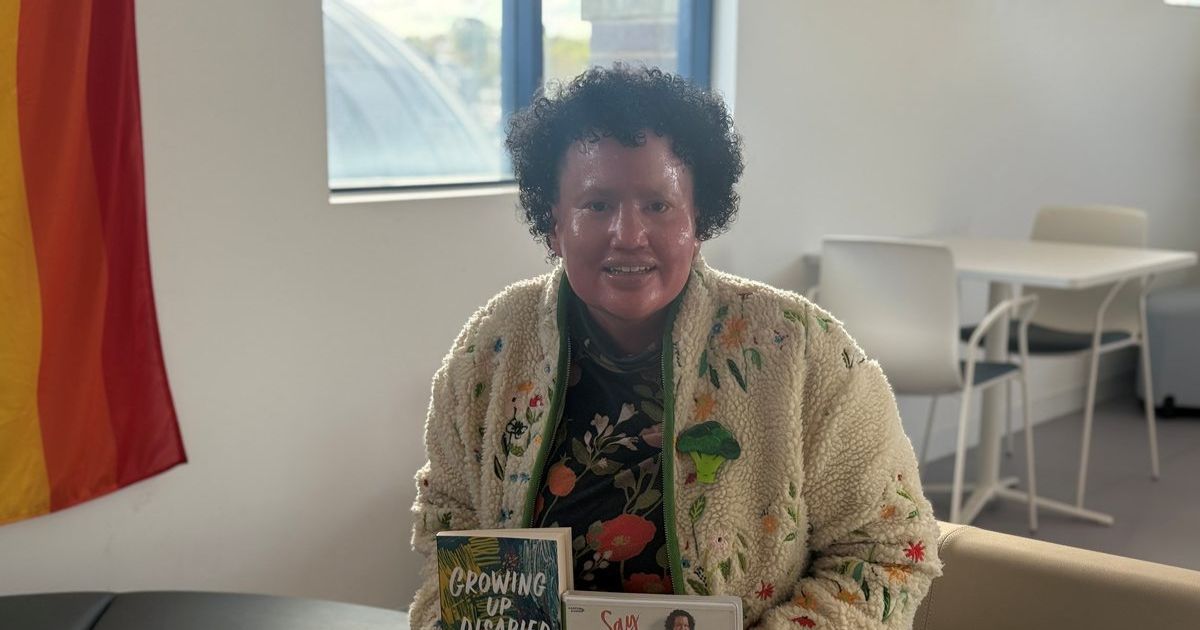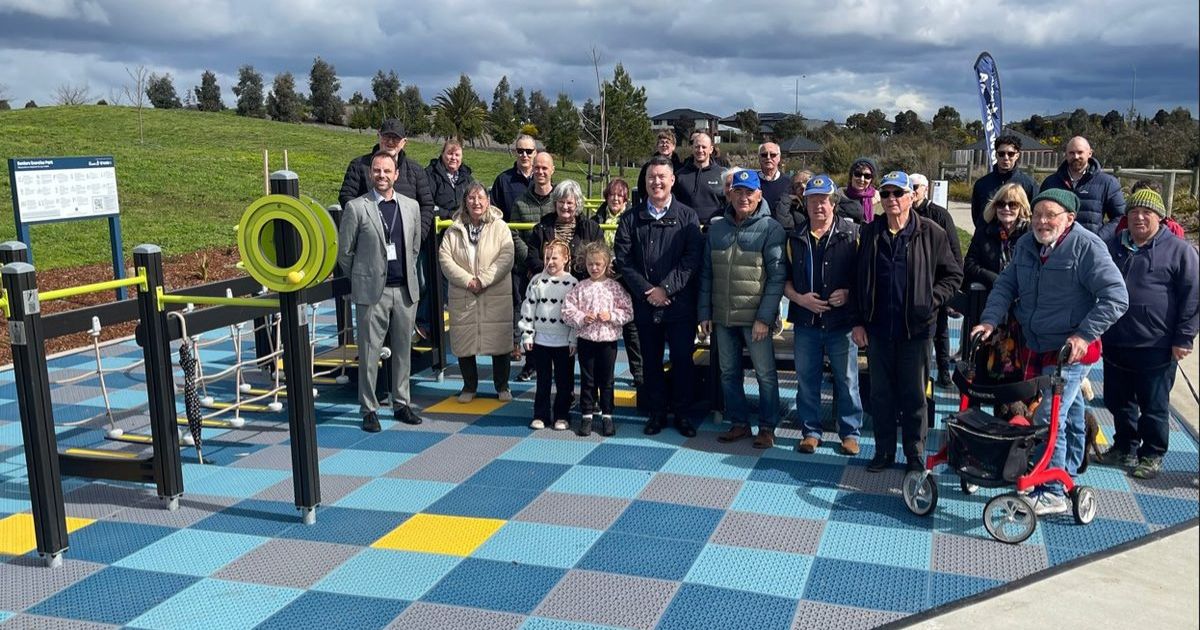From the desk of Roland Rocchiccioli – 20 August

The first: A Wongi woman, Sadie Corner was Australia’s first Indigenous nurse. Victoria was the only state where she was permitted to train. Photo: SUPPLIED
Exactly like Miss Prissy in the film Gone With The Wind, “I doesn’t know nothin’ ’bout birthin’ babies”; however, the miracle notwithstanding, I imagine it to be a most uncomfortable experience!
MY late mother, Beria, was summarily dismissive of any complaint about a niggling pain, “What are you talking about? Try having a baby!”
While I was not privy to the intimate detail, ‘having a baby’, and breastfeeding, where not childhood mysteries. The household was a liberal environment devoid of middleclass morality. Aged about four, I announced I knew where babies came from. I explained, and my conclusion was confirmed, unhesitatingly.
In days of yore, it was common practice for mothers to stay in hospital for two-weeks following the birth. It was deemed medically and emotionally imperative for both mother and child. It provided a rest period; an opportunity for bonding; and other secret women’s business.
Sadie Corner nee Canning was the matron at the Lenora District Hospital. She ran a tight ship. The maternity ward was out-of-bounds to all males, regardless. A short distance removed from the general wards, it had its own verdant, buffalo grass lawn, and was fitted with fans for patient and infant comfort. Fathers were allowed to visit between 7 and 8pm, strictly. Children were banned. There were no exceptions. It was a building of endless, childhood fascination.
It was where I was admitted for the first 11-days of my life. Born at home, and exposed to the blazing, desert sun at only 12-hours old, I developed sunstroke. Years later, nursing sister Robbie Colombo told me it was a case of touch-and-go. She, together with the resident doctor and matron, kept me in-and-out of a tepid bath. “You screamed for a week,” Robbie recalled. “We were determined you wouldn’t die.”
A recent investigative report on the midwifery crisis in Australia might have been from that of a third-world country. The investigators spoke with 450 midwives across Australia. Nationally, the story was correspondingly critical of the system.
The problem lies not in the level of medical care, but in a perilous shortage of practitioners. Such is the impossible workload, senior midwives are, reluctantly, leaving the system, exacerbating the already precarious predicament. Many are frustrated by the dilemma and the lack of resources to solve the problem.
One woman recalled her stressful childbirth experience, “My daughter, and first born, had serious problems and was taken, immediately, to the intensive care unit at the Royal Women’s Hospital. Naturally, I and my husband, stayed with her. We were terrified of what might happen to her.
“On about the second, or third day, the hospital staff started to hassle me to pack my bags and leave. They needed the bed, and they wanted me out!
“I ignored their requests, so eventually they packed-up my possessions, and delivered my suitcase to me in ICU. I don’t blame them, because that’s how the system works, but it was a distressing, especially since we had to leave our baby and make the daily journey to the hospital. It was an horrendous experience!”
She suggested, “If it were called the Royal Men’s Hospital, they would be in there for a month – propped-up in bed!”
Recently, midwifery shortages have placed services under unacceptable pressure. Some maternity units have been forced to close, or reduce services; others have struggled to meet patient demands.
Consider how much difference the federal government’s $1.8 billion, paid in fees to KPMG over the past decade, would make to our over-extended maternity hospitals?
Roland can be heard with Brett MacDonald on 3BA on Mondays at 10.45am and can be contacted via [email protected].


















